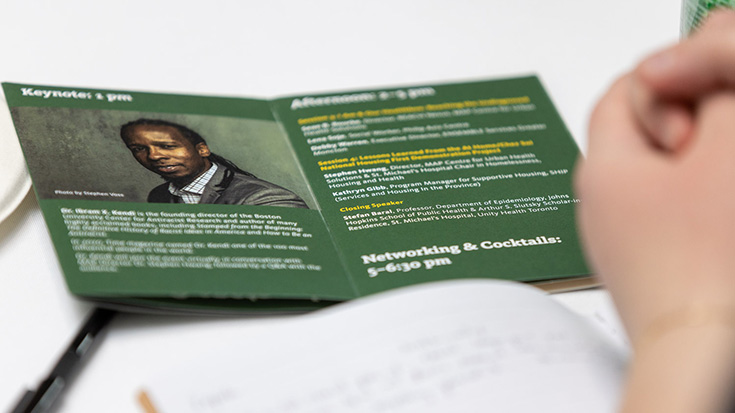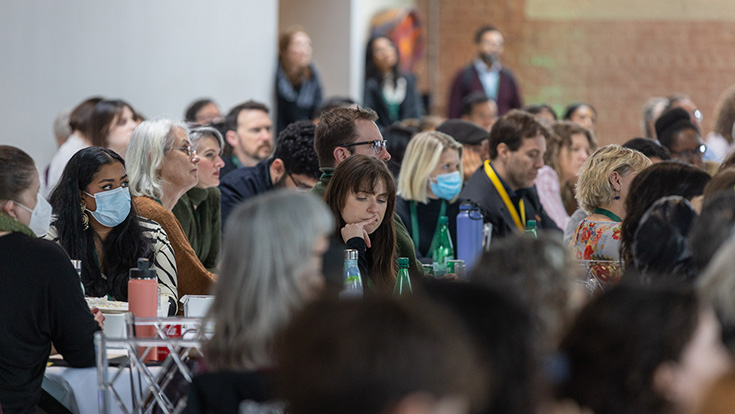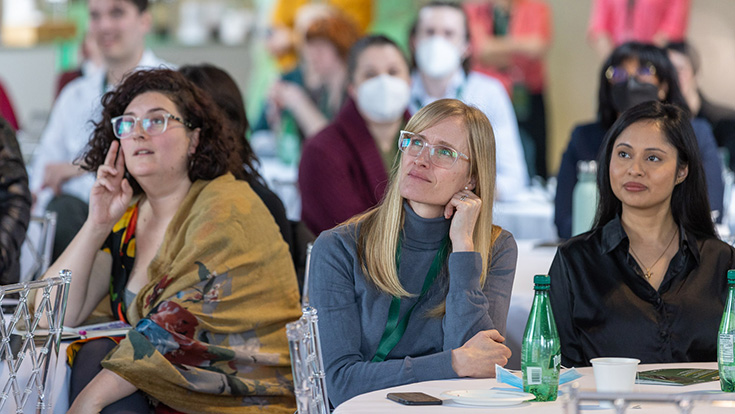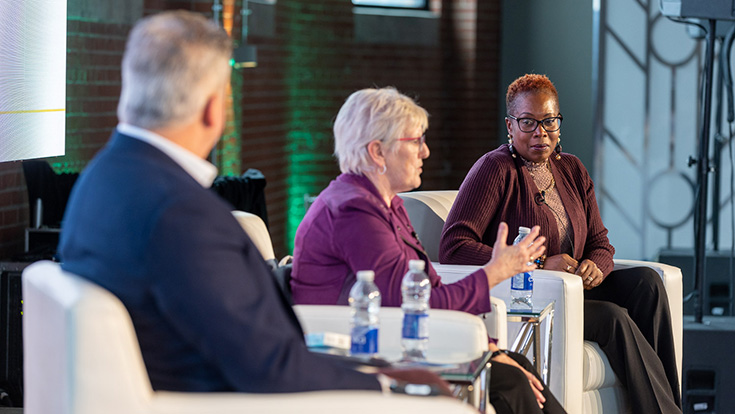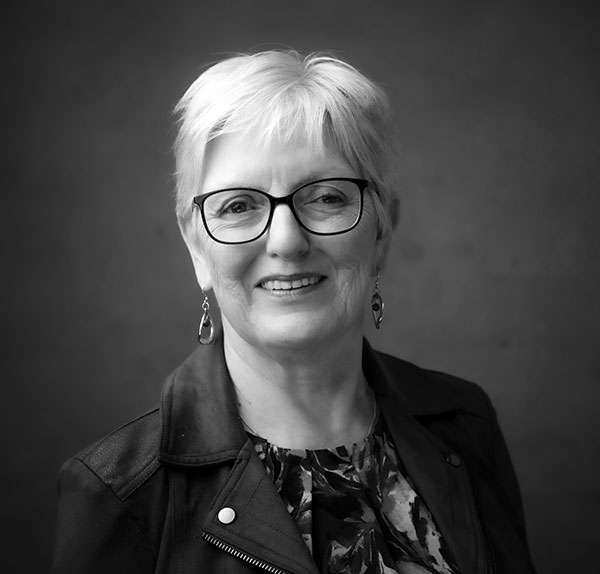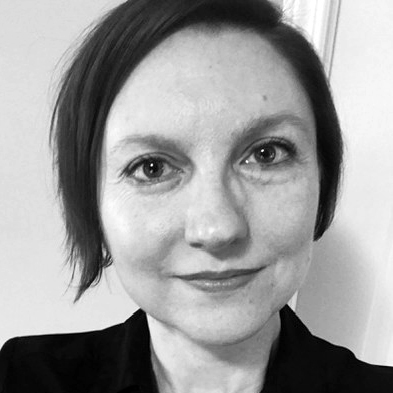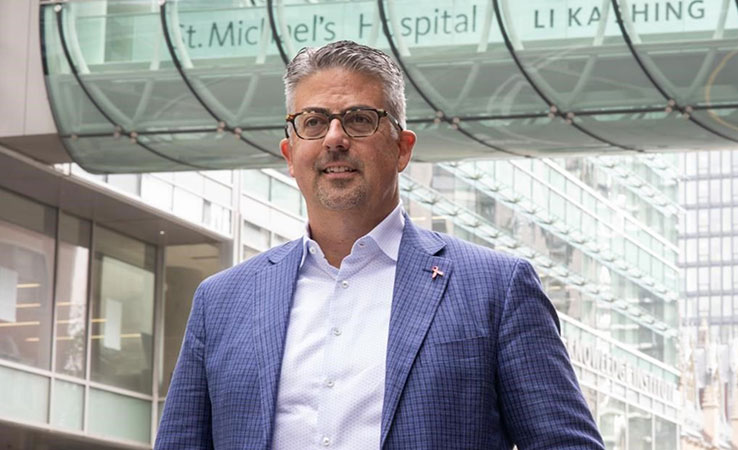On March 23, 2023, MAP hosted the second Solutions for Healthy Cities Symposium at the beautiful Symes in Toronto. Almost 200 researchers, service providers, policymakers, students and community experts gathered to explore and discuss this year’s theme: the science and practice of implementation success.
About the 2023 Symposium
A healthier, more equitable future depends on policy and service innovation – doing things differently – across sectors. However, even the most promising new approaches can, and often do, fail to create their intended impacts. How can we beat the odds and give equity interventions the best shot at implementation success?
Participants joined us to gain the knowledge, skills and tools needed to be more successful in advancing, improving and scaling up complex interventions; use proven strategies and tools from the field of implementation science to avoid and overcome common implementation roadblocks; and be more effective in fostering and benefiting from crucial partnerships with scientific, service provider, and community partners.
2023 Keynote: Dr. Ibram X. Kendi
Dr. Ibram X. Kendi joined the event virtually, in conversation with MAP Director Dr. Stephen Hwang and followed by a Q&A with the audience. The thoughtful and moving discussion explored how racist ideas and assumptions can shape policies, research questions, and health care experiences. Dr. Kendi emphasized the importance of antiracist interventions that address the social determinants of health.
Dr. Ibram X. Kendi is the founding director of the Boston University Center for Antiracist Research and author of many highly acclaimed books including Stamped from the Beginning: The Definitive History of Racist Ideas in America, and How to Be an Antiracist. In 2020, Time magazine named Dr. Kendi one of the 100 most influential people in the world.
Learning Sessions
Presentations were focused on implementation: turning strong evidence into successful policies, programs and services. Step by step, each learning session walked participants through a stage of the Active Implementation Framework, illustrated by presenters’ real-life experiences, challenges and lessons learned. All sessions included a special focus on equity and partnerships in the context of implementation – elements that are challenging to get right and are crucial to an intervention’s success.
Presenters
In Participants’ Words
“All of the speakers were amazing! Great blend of disciplines and topics.”
“The program progression and accompanying guide were really helpful, no matter what stage, focus or level of expertise.”
“There was such a diversity of people in attendance – excellent to meet people in all types of work.”
“I loved the thoughtful planning to connect the different projects. Really excellent and seamless event!”
“A highlight was the opportunity to ask questions of Ibram X. Kendi – fantastic!”
“I appreciated the breaks, food, and care for us so that we could be fully present to learn.”
“The affordability was amazing and really opened doors for access.”
“I loved that all the presentations were focused on equity-seeking projects.”
Thank You
This symposium was made possible thanks to Even the Odds (a partnership of MAP and Staples Canada), the St. Michael’s Foundation, and the generous contributions of our visionary donors.
